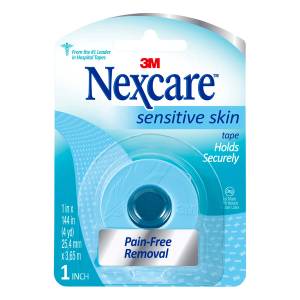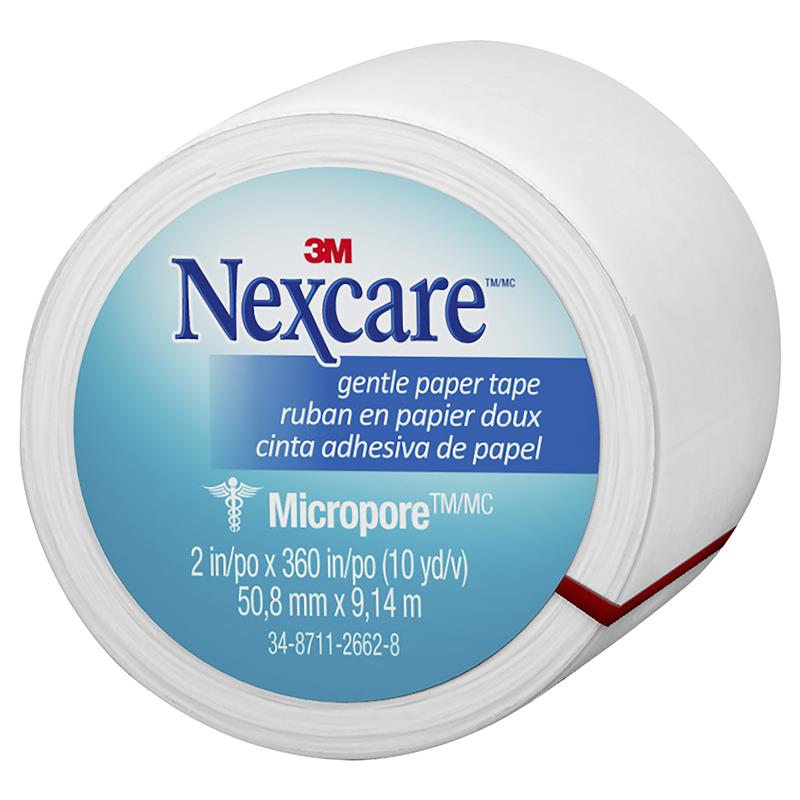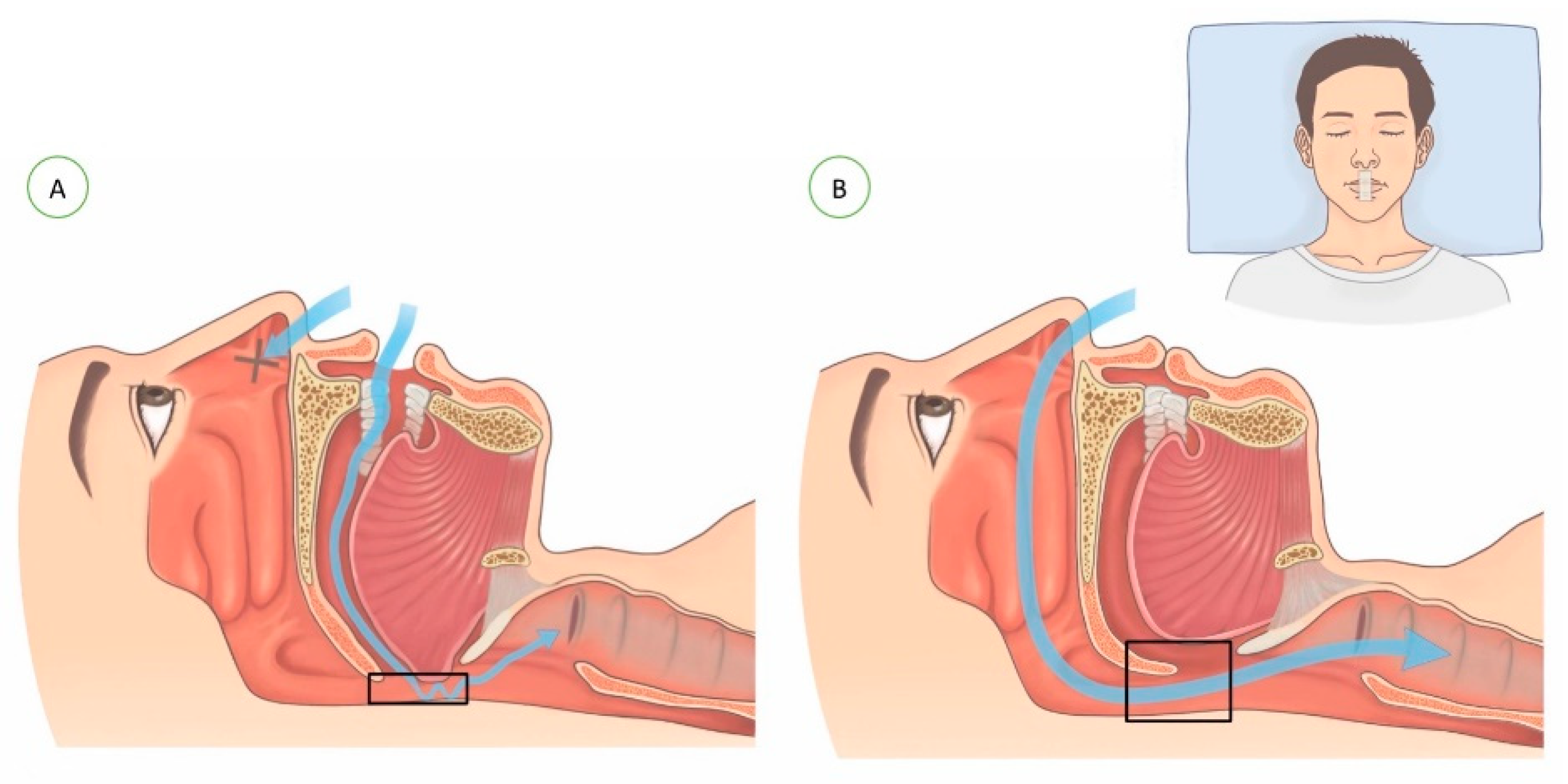
Healthcare, Free Full-Text
Background: Many patients with obstructive sleep apnea (OSA) are mouth-breathers. Mouth-breathing not only narrows the upper airway, consequently worsening the severity of OSA, but also it affects compliance with nasal continuous positive airway pressure (CPAP) treatment. This study aimed to investigate changes in OSA by the use of mouth tape in mouth-breathers with mild OSA. Method: Mouth-breathers with mild OSA who met inclusion criteria and tolerated the sealing of the mouth were enrolled in the study. We used 3M silicone hypoallergenic tape was used to seal the mouths of the participants during sleep. The home sleep test (HST) used in this study was ApneaLink®. Subjects received both a baseline HST and an outcome HST to be used 1 week later while their mouths were taped. The changes between the baseline and the outcome HSTs were compared, and the factors that influenced the differences in the sleep-test parameters after the shift of the breathing route were analyzed. A “responder” was defined as a patient who experienced a reduction from the baseline snoring index of at least 50% under mouth-taping in the HST; otherwise, patients were considered as having a poor response. Results: A total of 20 patients with mild OSA were included. Following the taping of the mouth, a good response was found in 13 patients (65%). The median apnea/hypopnea index (AHI) decreased significantly, from 8.3 to 4.7 event/h (by 47%, p = 0.0002), especially in supine AHI (9.4 vs. 5.5 event/h, p = 0.0001). The median snoring index (SI) was also improved (by 47%, 303.8 vs. 121.1 event/h, p = 0.0002). Despite no significant difference in the mean saturation, improvements in the oxygen desaturation index (8.7 vs. 5.8, p = 0.0003) and the lowest saturation (82.5% vs. 87%, p = 0.049) were noted. The change in AHI was associated with baseline AHI (r = −0.52, p = 0.02), oxygen desaturation index (ODI) (r = −0.54, p = 0.01), and SI (r = −0.47, p = 0.04). The change in SI was strongly associated with baseline SI (r = −0.77, p = 0.001). Conclusions: Mouth-taping during sleep improved snoring and the severity of sleep apnea in mouth-breathers with mild OSA, with AHI and SI being reduced by about half. The higher the level of baseline AHI and SI, the greater the improvement was shown after mouth-taping. Mouth-taping could be an alternative treatment in patients with mild OSA before turning to CPAP therapy or surgical intervention.

Impact of the free healthcare initiative on wealth-related inequity in the utilization of maternal & child health services in Sierra Leone, BMC Health Services Research
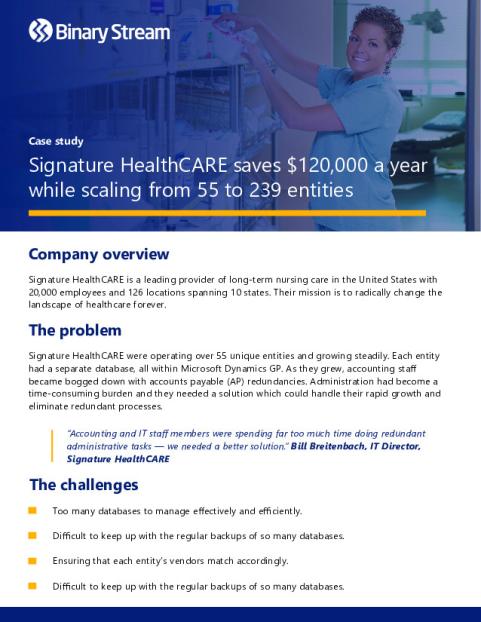
Healthcare, Free Full-Text, logo quiz respostas nível 4
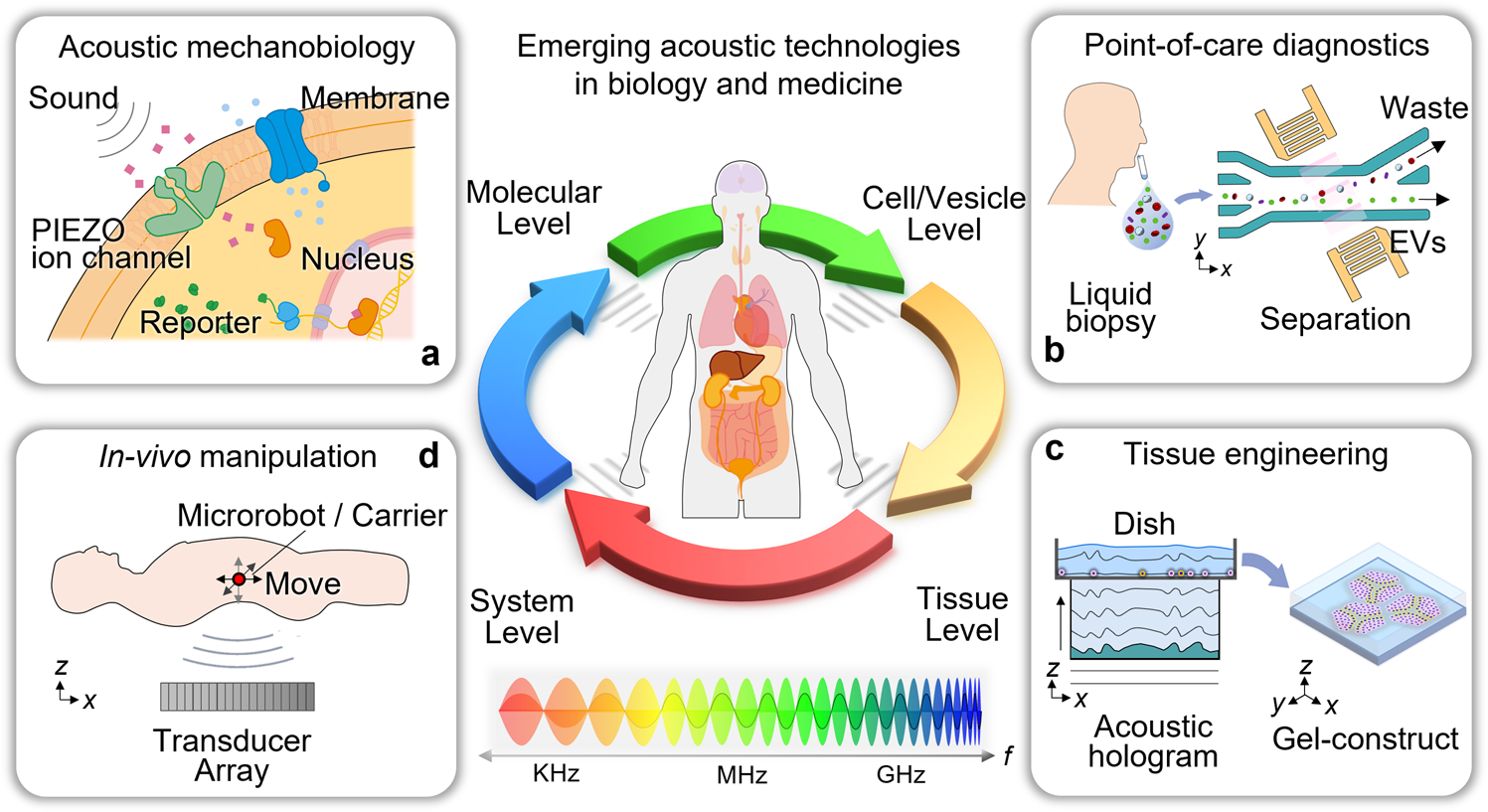
A fun and fashionable brandA sound approach to advancing healthcare systems: the future of, journal of vibration and acoustics

PDF) Free and universal access to primary healthcare in Mongolia: the service availability and readiness assessment

PDF) Misuse of emergent healthcare in contemporary Japan
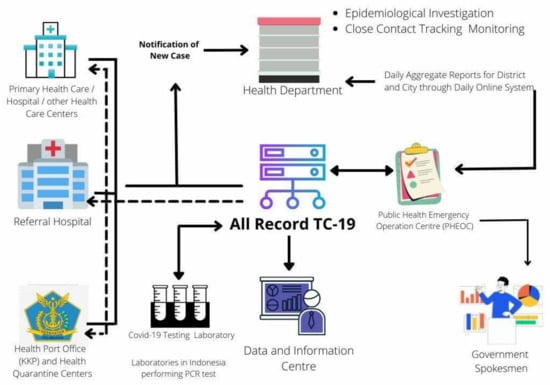
Download Kkp Web Office - Colaboratory
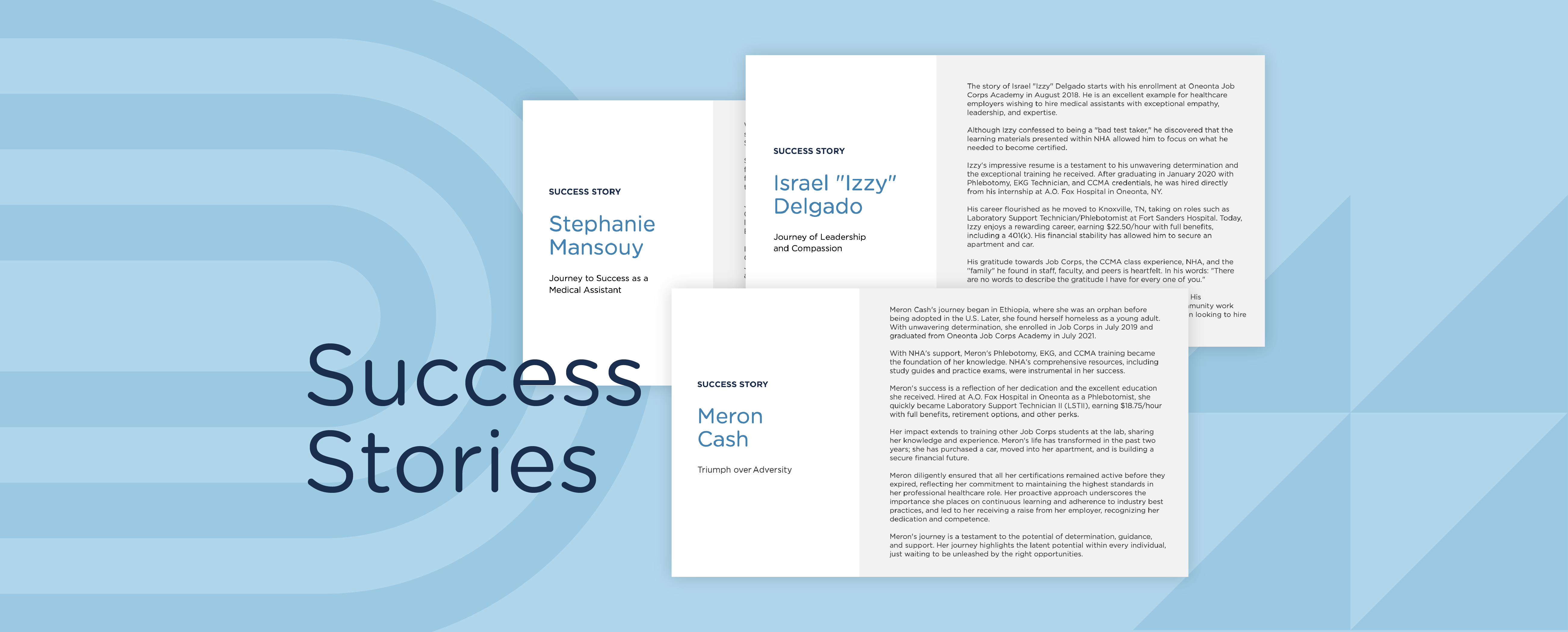
Allied Healthcare Employers Recognize the Value of NHA-Certified Job Corps Graduates
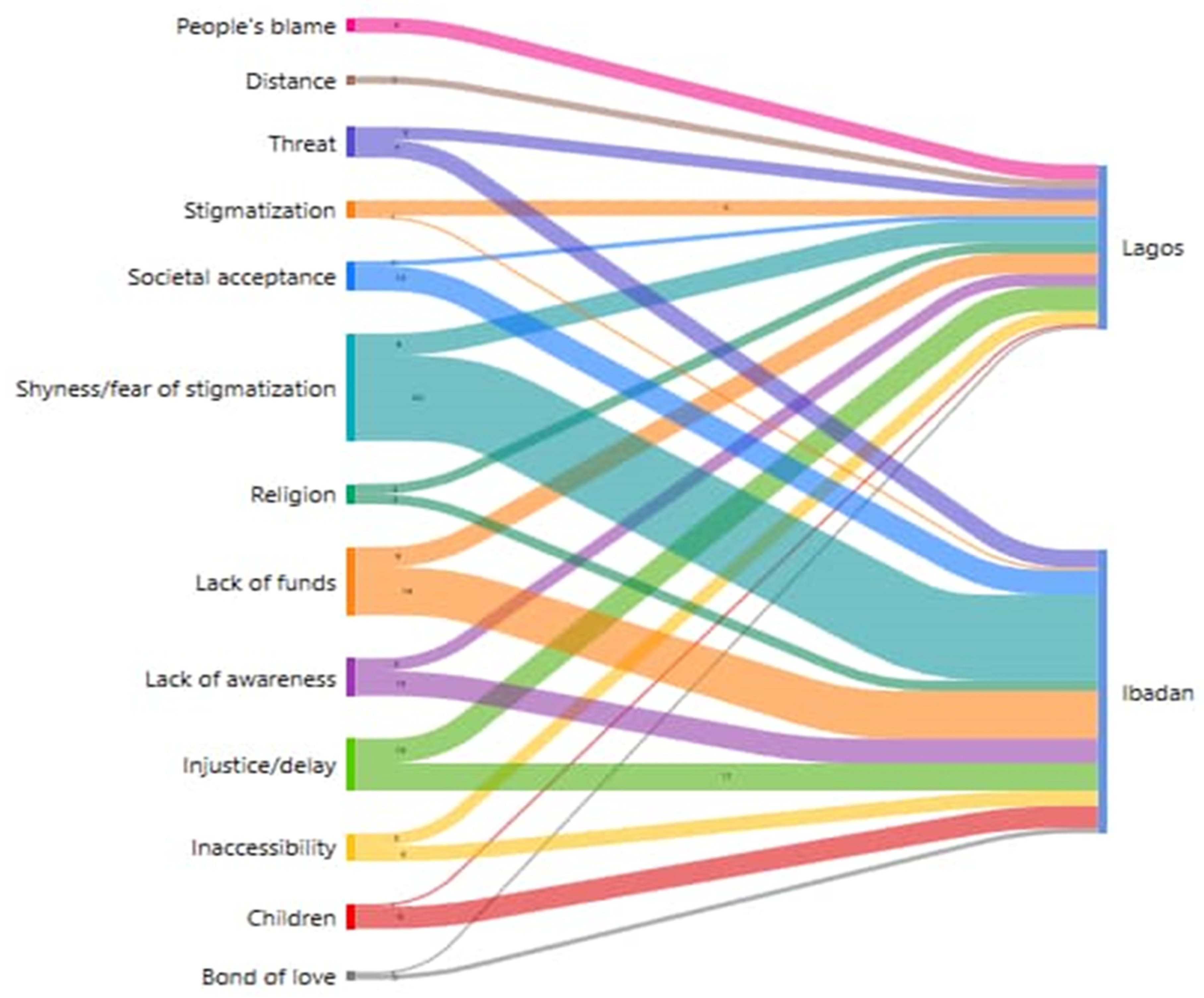
Healthcare, Free Full-Text

Statement Of Good Health - Fill Online, Printable, Fillable, Blank

Broad Jumps , jumps

Healthcare, Free Full-Text
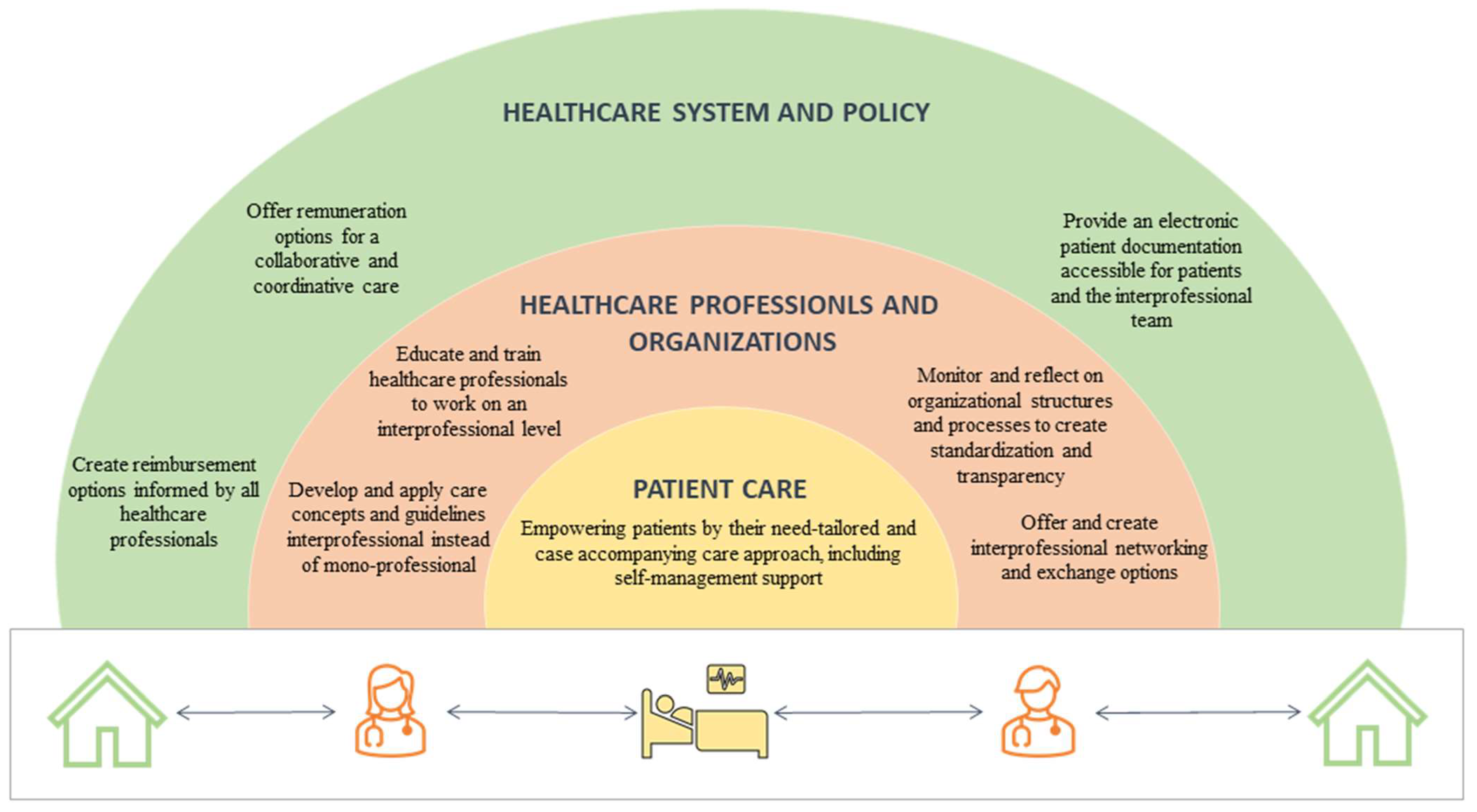
Benefits Of Interprofessional Communication In Healthcare - Printable Templates Free
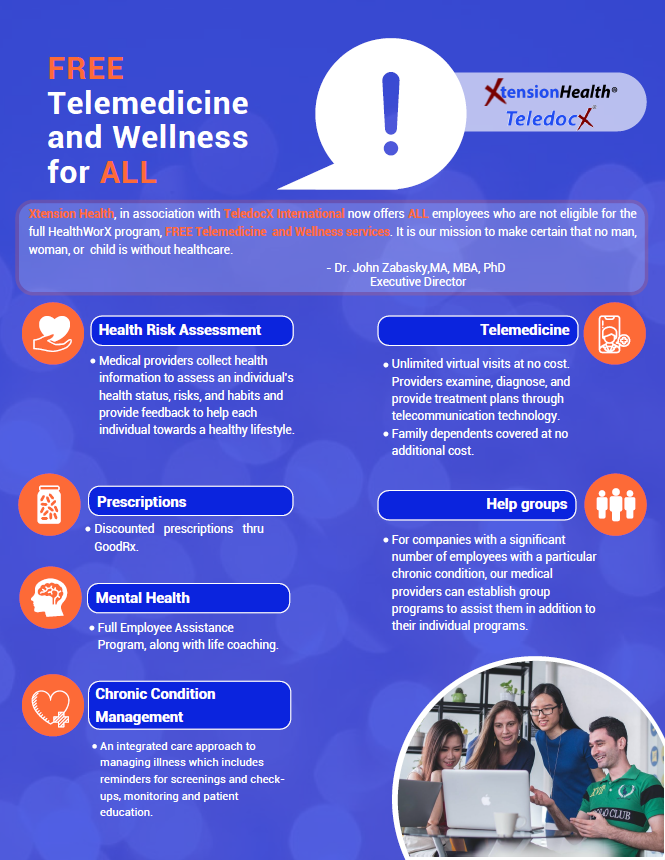
WorXsiteHR's all-in-one, free health, benefits, and payroll management solution for large and small employers gives your team a single place to manage all your human resource needs.
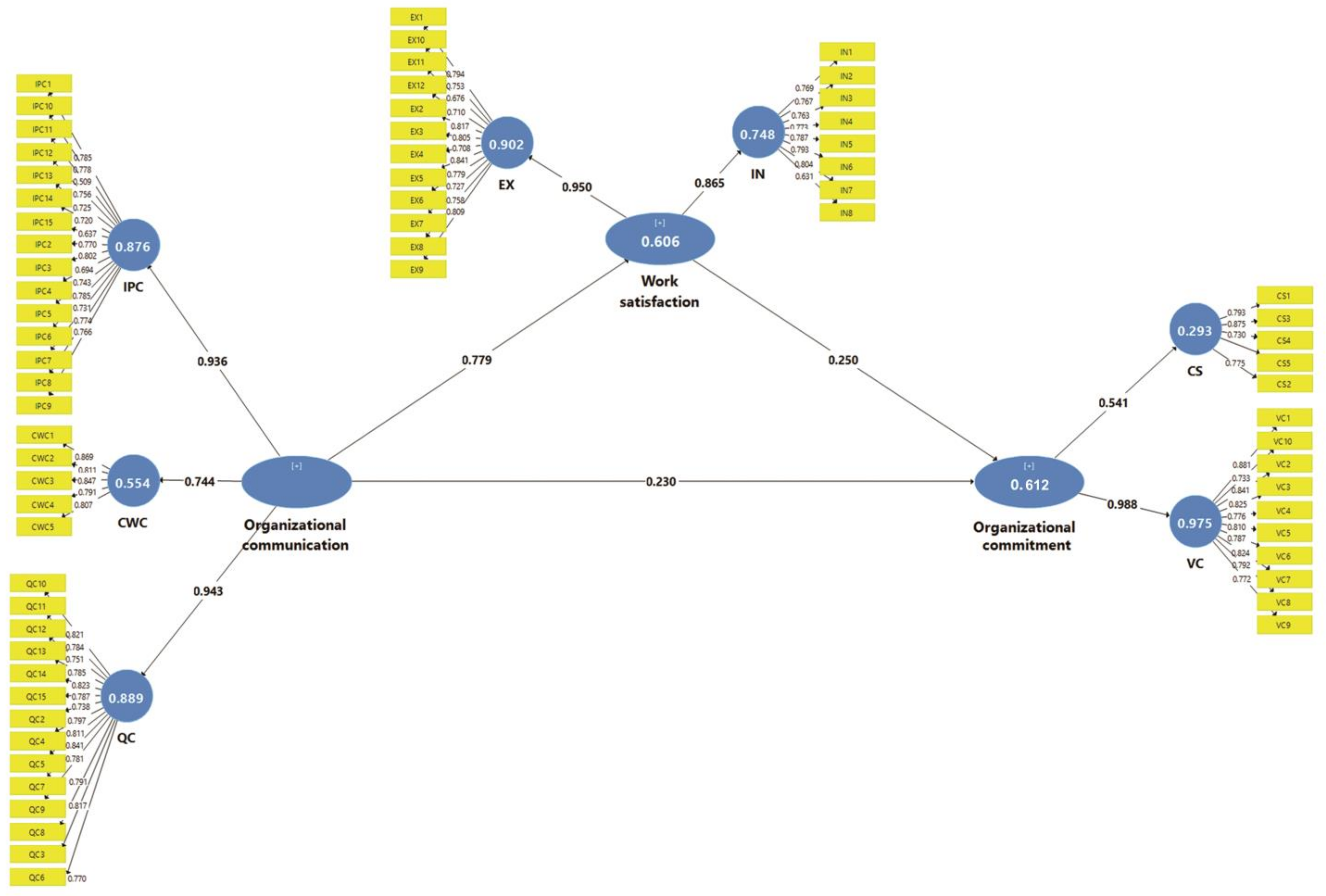
Healthcare, Free Full-Text

